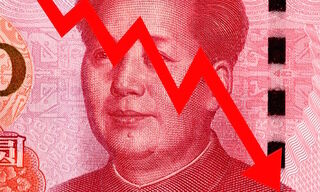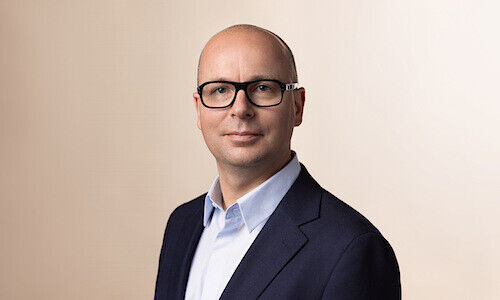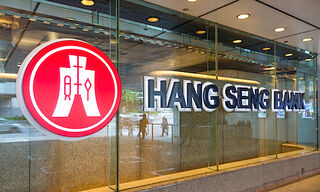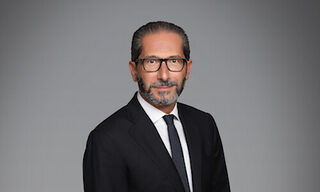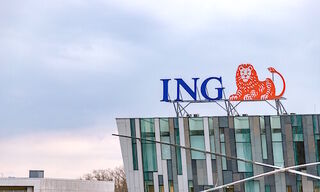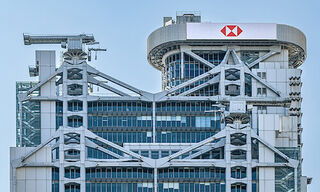Assets managed by the world’s largest 500 fund managers rose by over just 2% in 2014 to reach a new high of US$78.1 trillion, compared to US$76.4 trillion the year before.
The Pensions & Investments/Towers Watson World 500 research shows that asset managers have added almost US$30 trillion globally since 2004, despite growth slowing to its lowest rate for a decade.
For the first time there has been asset growth at the very large and smaller ends of the size spectrum, but not much in the middle. The big passive houses are the beneficiaries at the large end, while smaller managers are attracting a greater proportion of active mandates as they ‘resource up’ and become more competitive.
This is the longest period of (almost) uninterrupted asset growth since the research began, albeit growth has slowed dramatically recently. However, headwinds persist not only from markets and the medium-term outlook for the global economy but also regarding asset management’s perceived value proposition and its general role in society.
This challenging environment also presents an opportunity for innovative and adaptable investment companies to stand out and we have seen greater flexibility and willingness to engage with these issues than ever before. This is not only welcome, but essential, otherwise the industry is likely to have change thrust upon it.
The main points from this year’s survey are:
Total assets under management of the 500 managers included in the ranking totalled US$78.1 trillion at the end of 2014, up 2.1% from the end of 2013.
BlackRock has retained its position as the largest asset manager in the ranking for the past five years. Vanguard remains in second position while State Street has moved up the ranking by one position, displacing Allianz which has fallen from third to fourth position.
Assets under management for North American firms were US$44.5 trillion at the end of 2014, an increase of 5.8% from the previous year. Assets managed by European managers decreased by 1.5%, to US$25.9 trillion, despite growth of 18.6% from UK-based firms taking their assets to US$6.8 trillion.
Japanese managers ended 2014 with US$3.9 trillion, a decrease in assets of 14.4% during 2014.
The top 20 managers’ share of the total assets increased marginally from 41.0% to 41.6%, having assets of US$32.5 trillion. Similarly the bottom 250 managers’ share of total assets increased from 5.7% to 6.0%, having assets of US$4.7 trillion.
US managers in the top 20 managed 65.5% of total AUM for that group, while European managers had a share of 34.5%. No Japanese companies made it into the top 20 this year.
Independent asset managers accounted for the majority (nine) of the top 20 ranked members, with banks second with eight members and only three managers are insurer-owned. This has been the case since 2012.
Assets under management of managers from developing countries increased from 3.0% in 2013 to 3.4% in 2014.
The majority of total assets are actively managed and grew at a slower rate than passive assets during 2014.
Traditional asset classes of equity and fixed income continue to make up the majority of assets: 79.4% of all assets (45.3% equity, 34.1% fixed income), an increase of 12.3% during 2014 to US$37.3 trillion.












